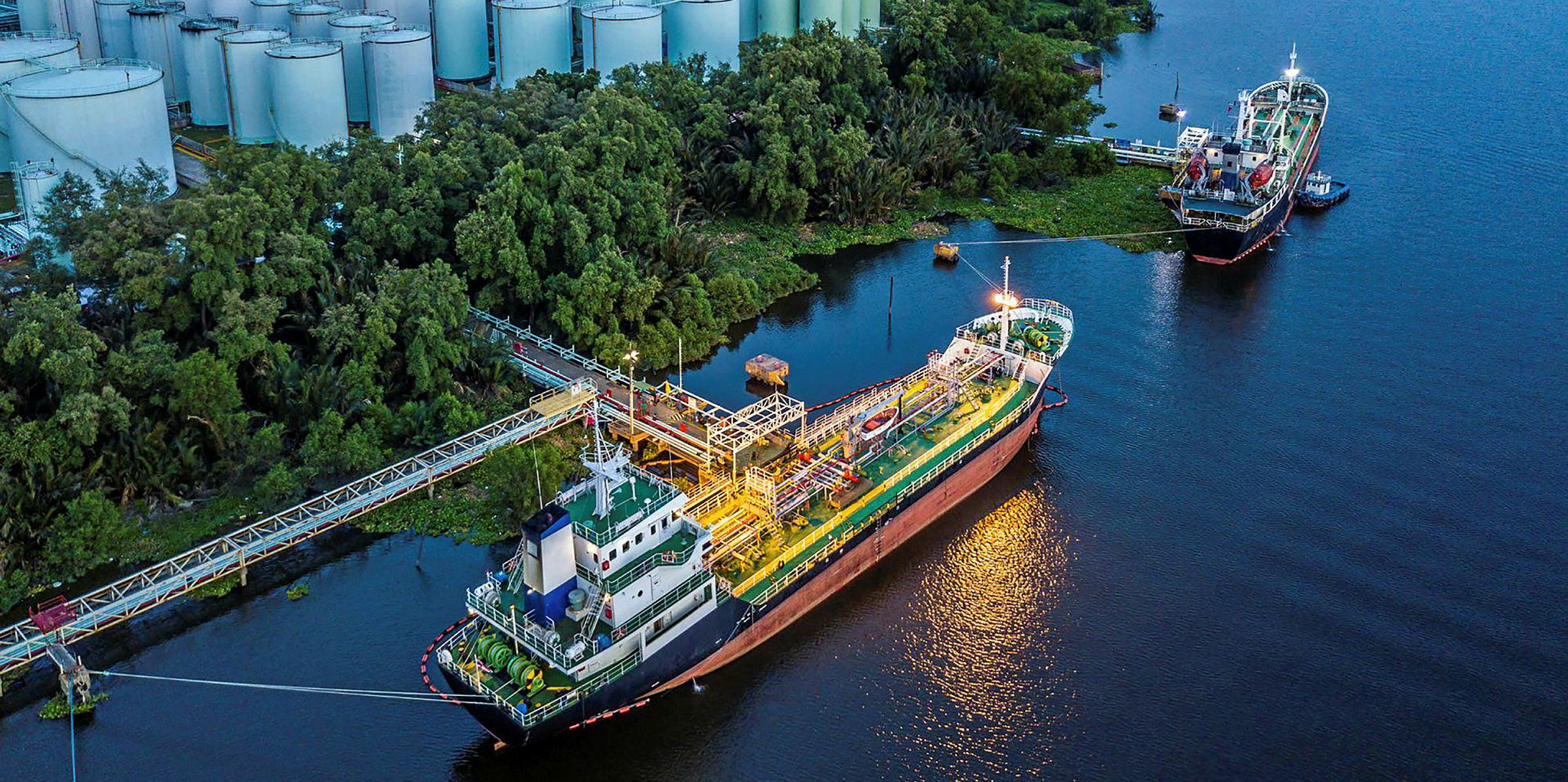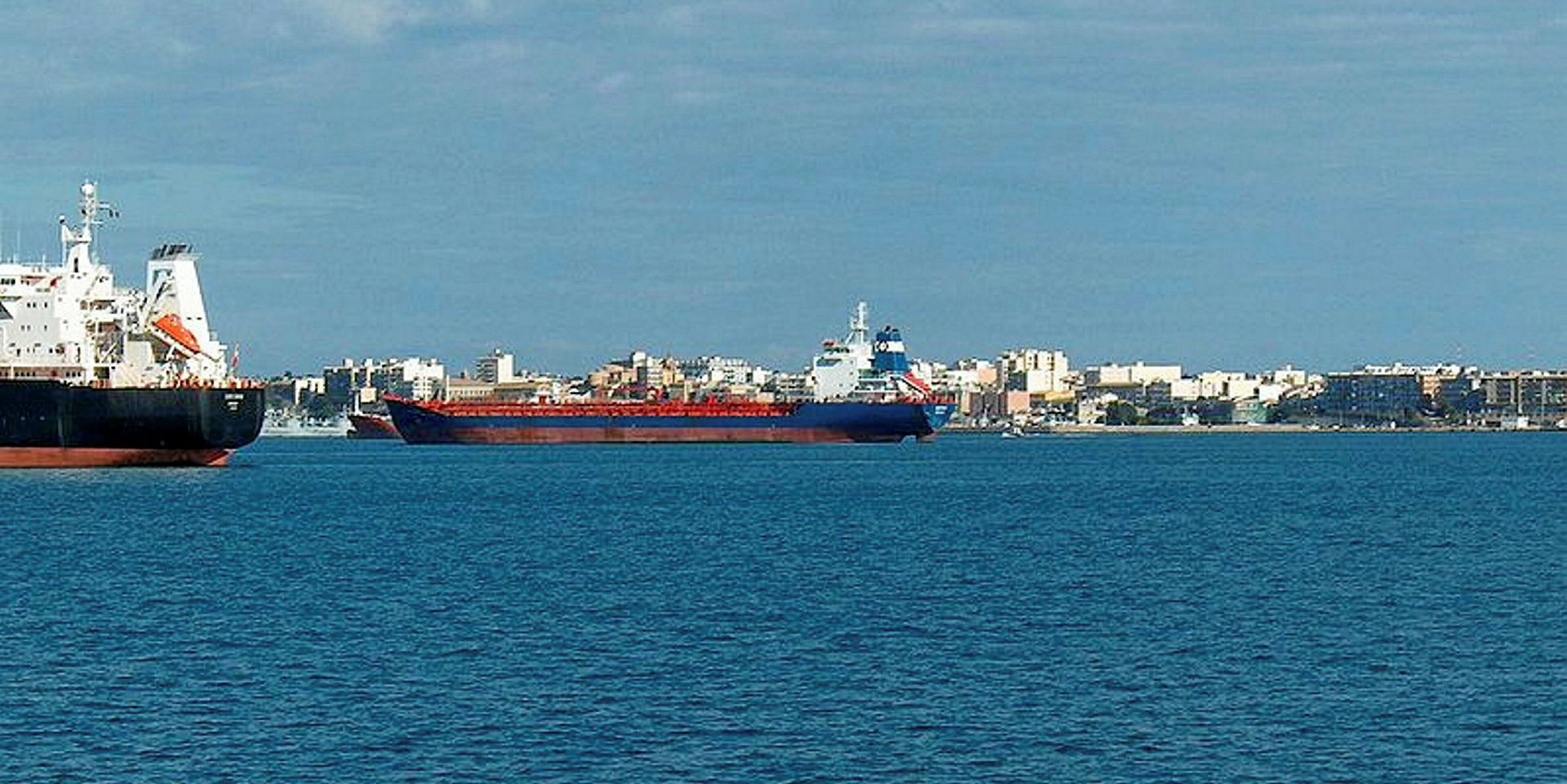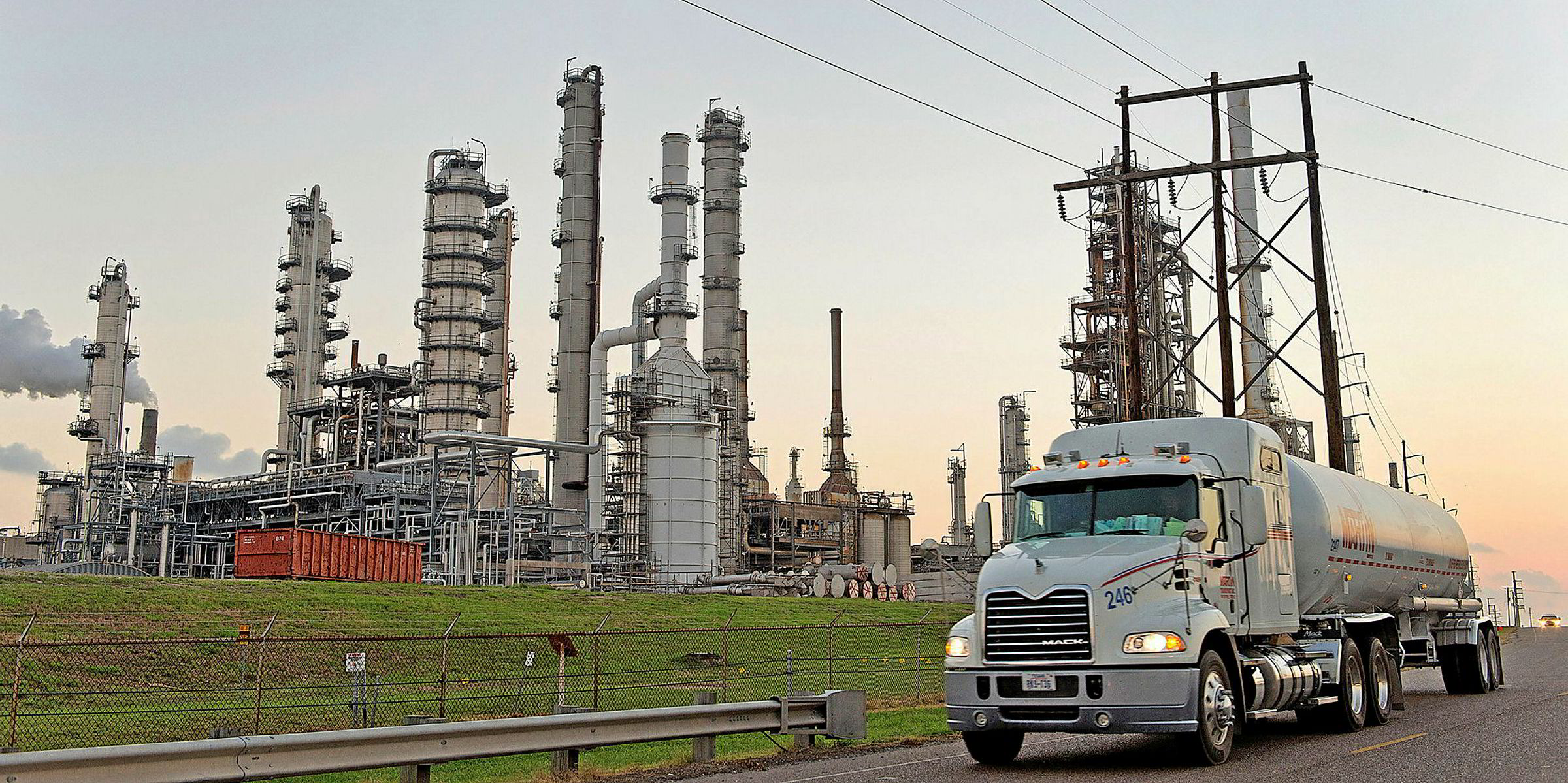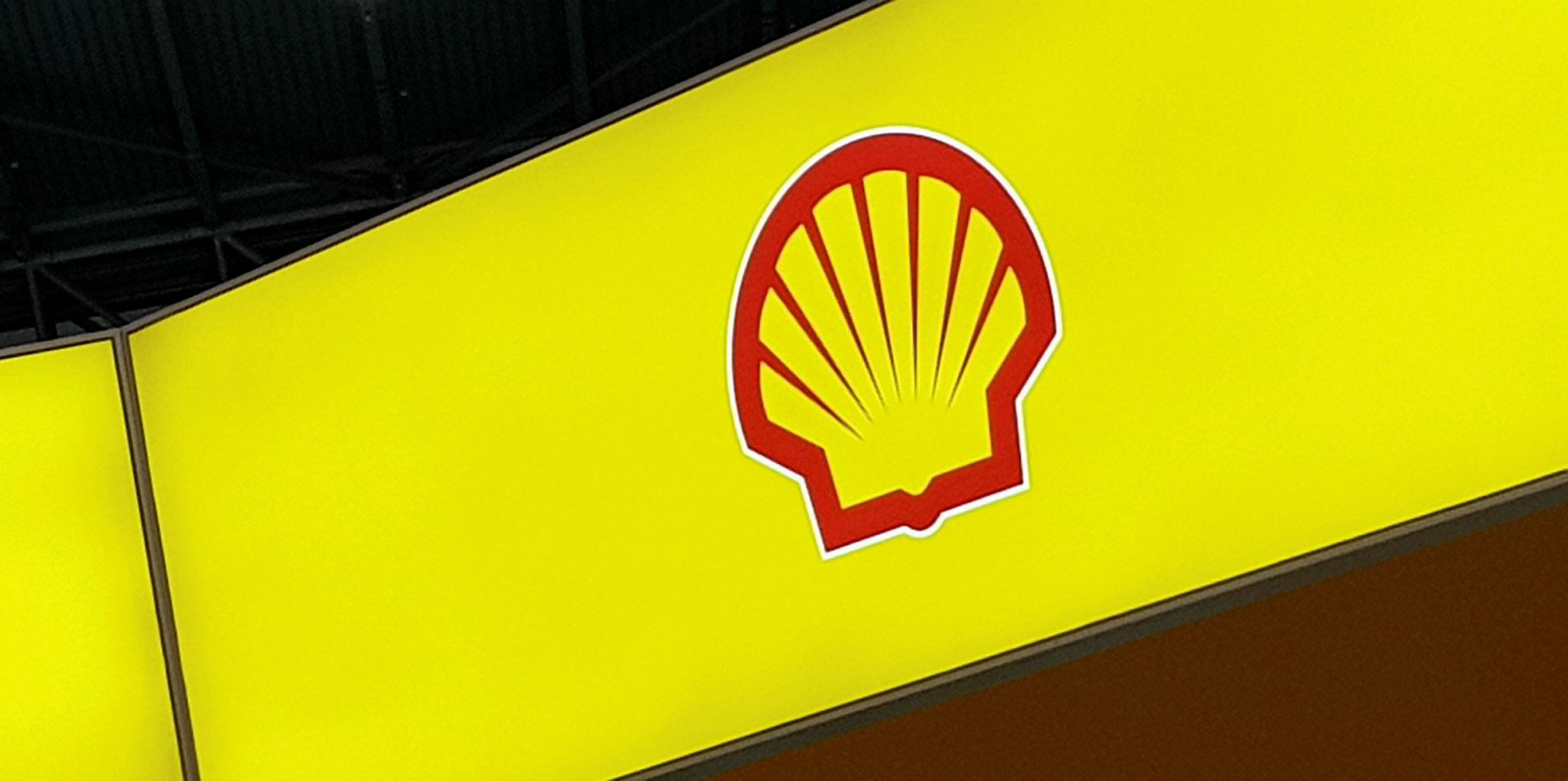A surge in volatility in marine fuel markets has raised eyebrows, yet its long-term implications are expected to be limited.
While preparations for IMO 2020 are triggering large movements in fuel prices, market participants suggest it will be several quarters before the dust settles and shipowners have a clear supply-demand picture.
This could disappoint some companies that want to make a quick call on whether to install scrubbers, the exhaust gas technology that lets them continue using cheaper high-sulphur fuel oil (HSFO) instead of 0.5%-sulphur bunkers or marine gasoil (MGO).
In Singapore, the world’s largest bunkering port, the premium of 0.5%-sulphur fuel oil to HSFO experienced a spike in June before correcting sharply this month.
According to Argus Media, which analyses energy and other commodity markets, the price spread dropped to between $40 and $50 per tonne in mid-July, down from $100 per tonne at the end of June. It was about $57 per tonne in early May.

Pricing influences
“The current price movements ... are mainly influenced by the small volume of trade that’s going on,” Matt Wright, a consulting manager at Argus, tells TradeWinds.
“The volatility at the moment is mainly due to a lack of liquidity, not necessarily an indication of what we are going to see next year.”
S&P Global Platts, another price-reporting agency, points out the wide spread in June resulted from stocking of low-sulphur components.
As of early July, 12 or 13 VLCCs were used as floating storage for three to four million tonnes of blending stocks that can be used to produce IMO-compliant fuels, according to Platts.
However, the price spread has narrowed significantly, with Asian refiners starting to offer 0.5%-sulphur cargoes and shipping firms not yet required to consume them.
Reuters has reported that Formosa Petrochemical, GS Caltex, S-Oil and Hyundai Oilbank have sold 0.5%-sulphur fuel oil since June.

With the new sulphur limits due to enter into force in January, Wright expects shipowners to switch from HSFO to 0.5%-sulphur fuel oil or MGO on a large scale starting in September or October.
In Rotterdam, the price spread between 0.5%-sulphur fuel oil and HSFO is forecast to widen to between $200 and $250 per tonne in the fourth quarter, from about $150 per tonne in the second quarter, according to Wright.
The spread is expected to increase to between $300 and $350 per tonne in the first quarter of next year.
The shipping community has paid much attention to the price spreads between HSFO, 0.5%-sulphur fuel oil and MGO. Shipowners need to know those spreads to justify their scrubber investments and find the most economical fuel options.
The IMO 2020 regulations “will probably widen marine fuel price spreads”, according to BloombergNEF’s head of oil demand analysis, Richard Chatterton.
He adds that new regulations are expected to result in a surplus of more than 1.5 million barrels per day (bpd) of HSFO.
The spread between 0.5%-sulphur fuel oil and HSFO may widen to $40 to $45 per barrel, while the differential between MGO and HSFO could approach $50 per barrel, based on BloombergNEF’s forecasts.
Gasoil strength
As 0.5%-sulphur fuel oil is new to the bunker market, many officials predict that shipowners will switch to MGO in the coming quarters before getting more feedback on users’ experience.
Aside from those largest owners that have done test runs for new IMO-compliant fuels, most “will wait before they can be confident”, Wright suggests.
Based on International Energy Agency estimates, gasoil consumption in non-OECD countries is likely to rise by 320,000 bpd in the third quarter of this year and 830,000 bpd in the fourth quarter, in part due to the IMO switch. Gasoil consumption is expected to rise by 115,000 bpd in OECD Americas and 230,000 bpd in OECD Europe next year.
However, as shipowners gradually become familiar with new fuel grades and suppliers adjust logistics facilities, a balance will be reached in the bunker markets.
“By the third quarter of next year, we should have a much clearer understanding on how the market is supplied, and which fuels are demanded,” Wright says.







